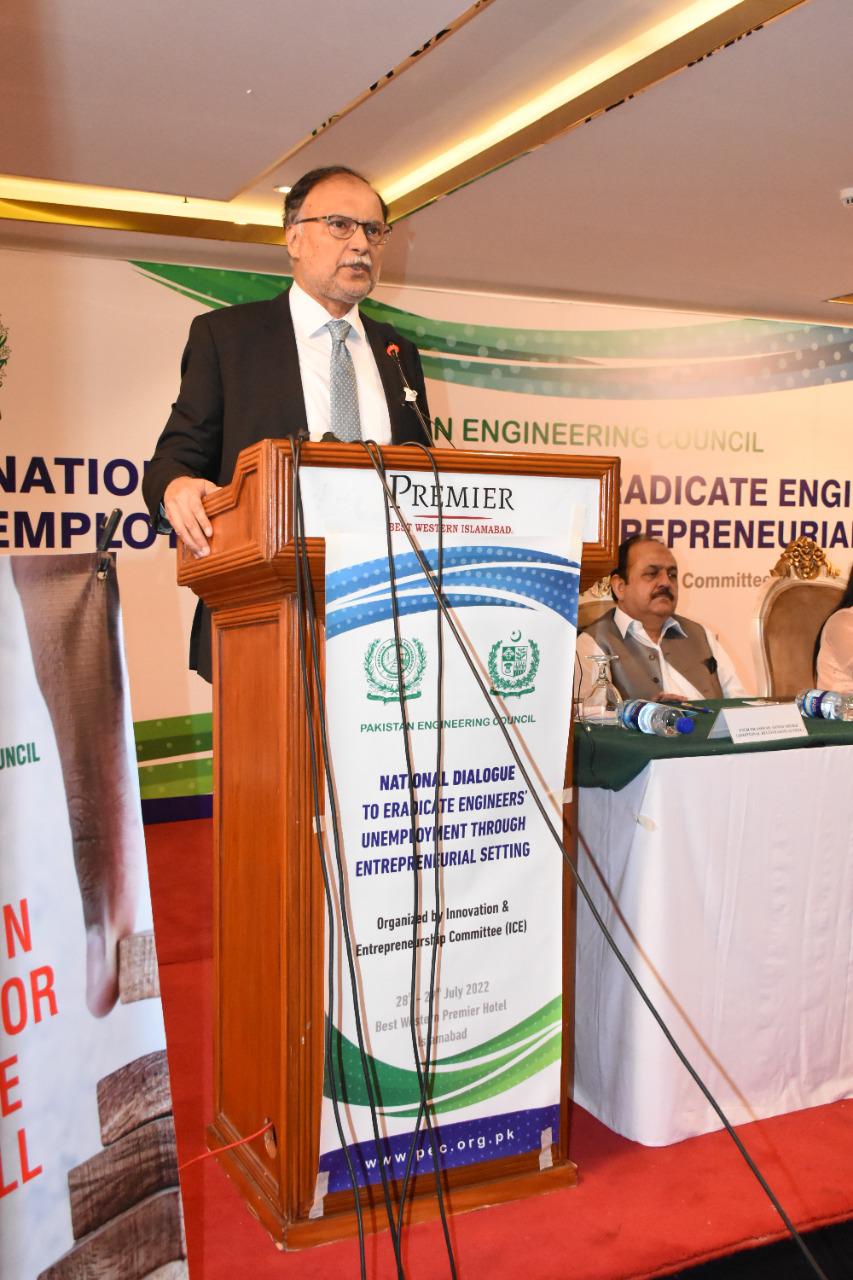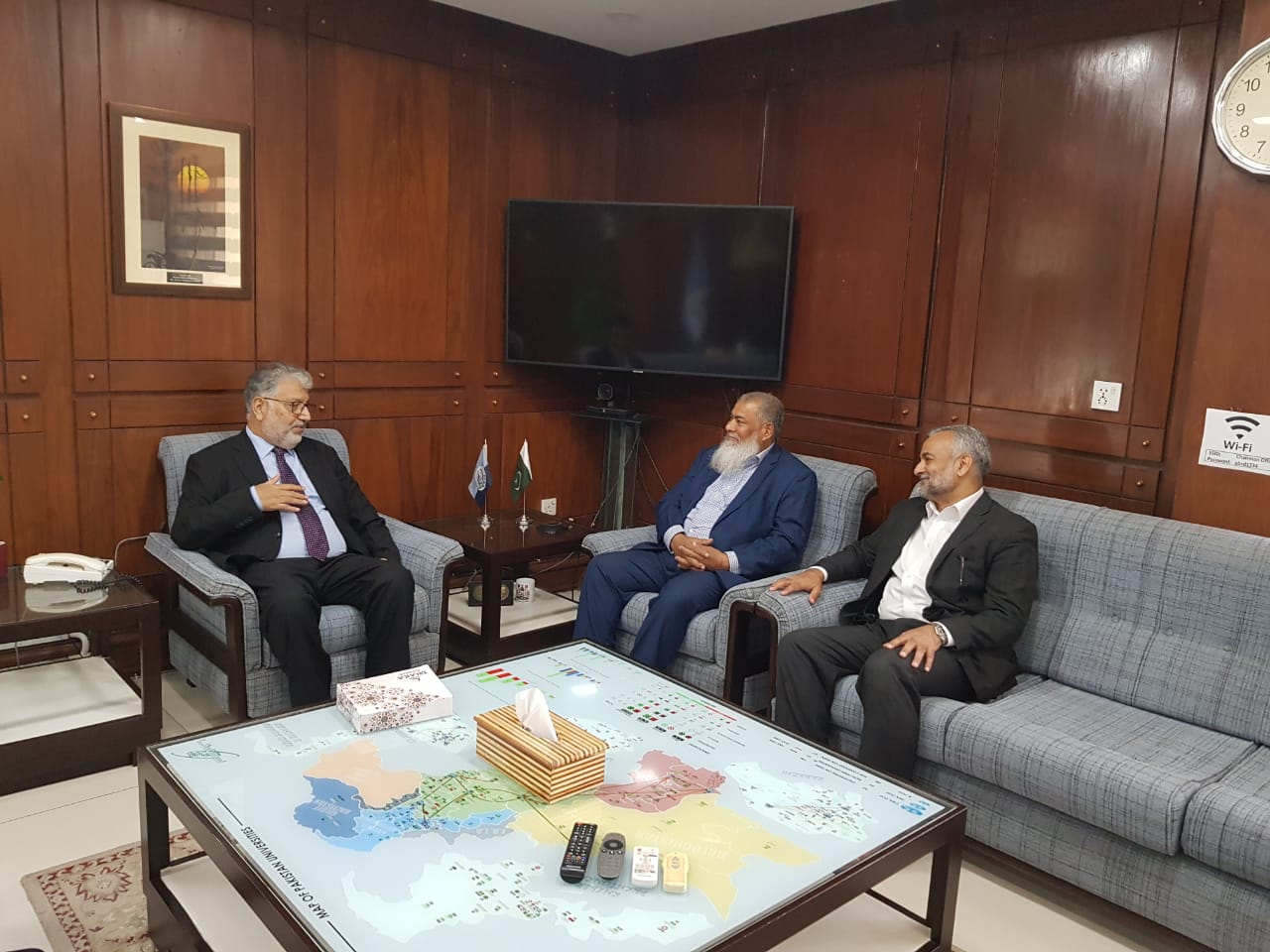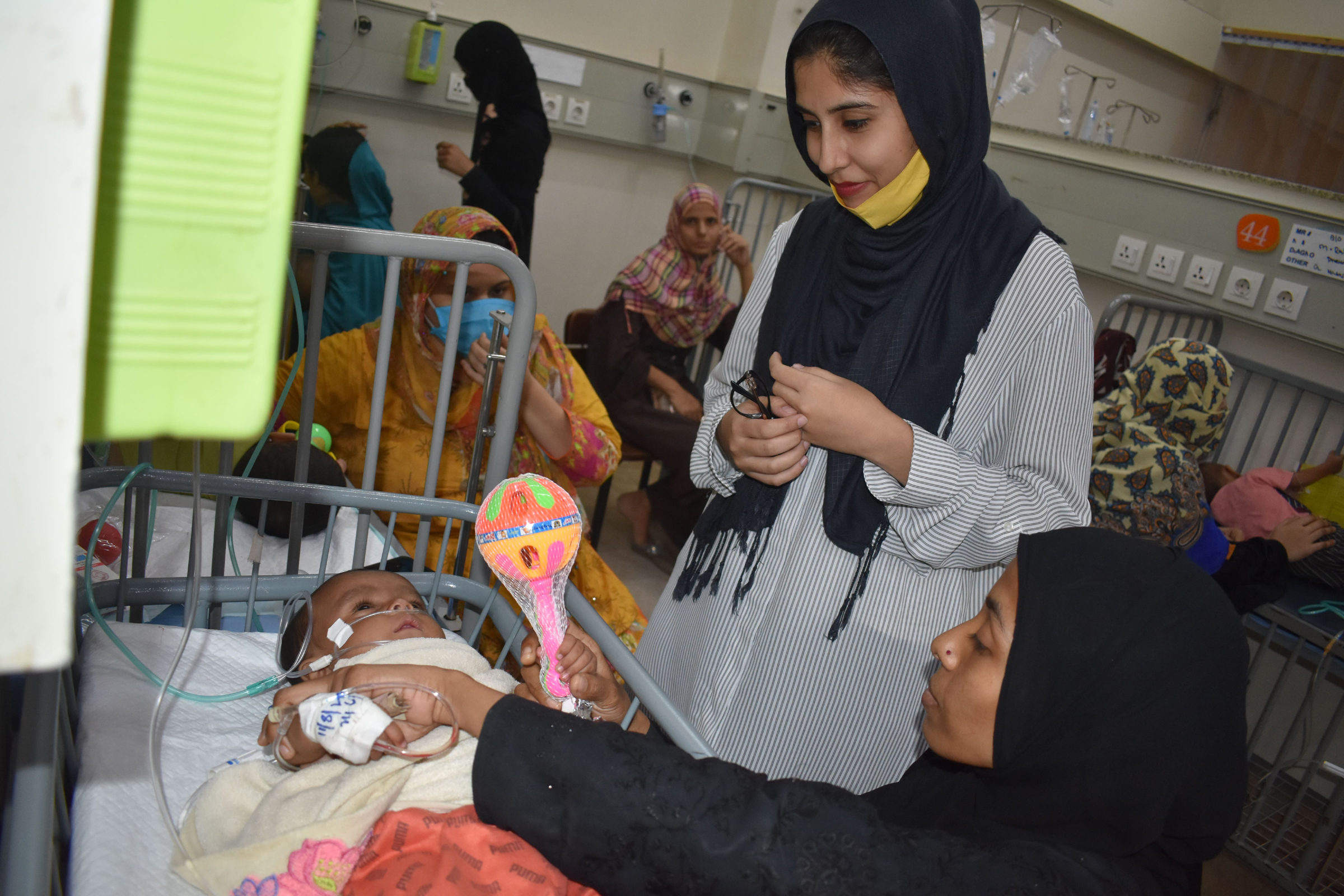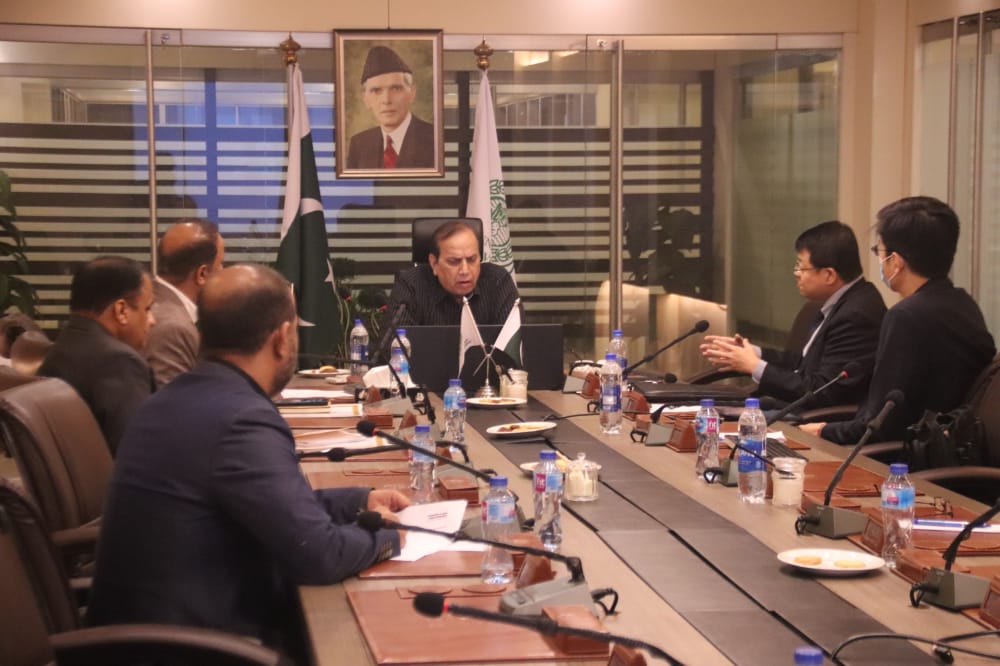Engineers to get 15,000 on-job training opportunities: Ahsan Iqbal
Recommendations ready for policymakers as
National Dialogue concludes
National Dialogue – Eradicating Engineers’ unemployment through Entrepreneurial settings” concluded with thought-provoking recommendations





